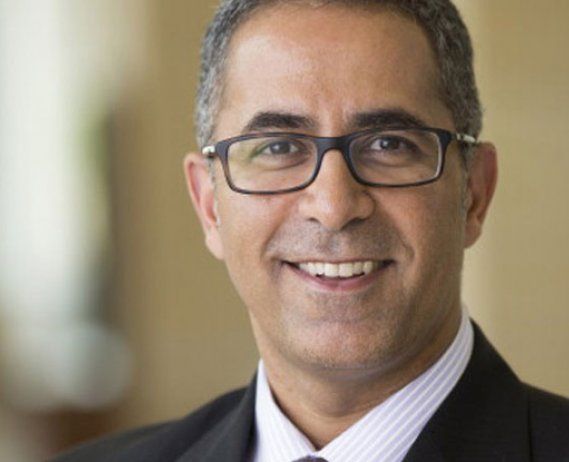Article
After Increasing for Several Years, Physician Burnout Shows Modest Decline
Author(s):
While rates of physician burnout decreased between 2014 and 2017, burnout remains higher among physicians than among other fields.
After increasing for several years, rates of physician burnout have started to recede, with burnout and satisfaction with work-life integration improving between 2014 and 2017. However, despite this modest improvement, physicians still remain at heightened risk for burnout compared with other fields.
In 2011, 45% of physicians exhibited at least 1 sign of burnout, and problems with burnout and work-life integration were more common in physicians than in other fields. By 2014, these gaps widened as physician burnout increased due to increasing administrative burden and less face time with patients, largely attributable to greater uptake of electronic health records and reportable quality metrics.
The impact of this burnout is well documented, with prior research demonstrating that burnout not only has personal effects, such as an increase of depression and cardiovascular disease, but it also puts patient safety and satisfaction at risk. In recent years, as it became more evident that physician burnout is something that urgently needs to be addressed, medical groups such as the American Medical Association have began initiating efforts to mitigate this burnout and increase satisfaction.
Using similar methods to their 2011 and 2014 surveys, the researchers from the Mayo Clinic surveyed 5445 physicians between October 12, 2017, and March 15, 2018.
Survey results revealed that exhaustion and depersonalization scores were lower in the current survey than they were in 2014. While exhaustion scores were higher in 2017 than they were in 2011, depersonalization scores were slightly lower. After increasing from 45% in 2011 to 54.4% in 2014, the rate of physicians exhibiting at least 1 sign of burnout was 43.9% in 2017.
“This trend is encouraging and suggests improvement is possible despite the numerous contributing factors and complexity of the problem,” wrote the researchers. However, they did note that burnout among the general working population in 2017 was significantly lower, with a prevalence of 28.1%. Physicians exhibited higher rates of emotional exhaustion (36.4% vs 28.4%), depersonalization (18% vs 13.5%), and overall burnout (39.8% vs 28.1%).
Within the physician population, satisfaction with work-life integration was greater in 2017 than it was in 2014, but it remained lower than it was in 2011. Notably, being a woman and working more hours a week put physicians at an increased risk of burnout and lower degrees of satisfaction with work-life integration.
Meanwhile, there was a modest but steady increase in the amount of physicians screening positive for depression between 2011 and 2017.
“A more nuanced picture emerged when comparing differences in burnout by specialty at each time point, with some specialties experiencing minimal change in the proportion with burnout during the interval and most hitting a peak in burnout in 2014,” explained the researchers.
For anesthesiology, emergency medicine, and orthopedic surgery, burnout was lower in 2017 than it was in 2011, but for dermatology and general surgery, burnout was higher in 2017 than it was in 2011, despite being lower than it was in 2014.
Reference:
Shanafelt T, West C, Sinsky C, et al. Changes in burnout and satisfaction with work-life integration in physicians and the general US working population between 2011 and 2017 [published online February 22, 2019]. Mayo Clin Proc. doi: 10.1016/j.mayocp.2018.10.023.
Newsletter
Stay ahead of policy, cost, and value—subscribe to AJMC for expert insights at the intersection of clinical care and health economics.




